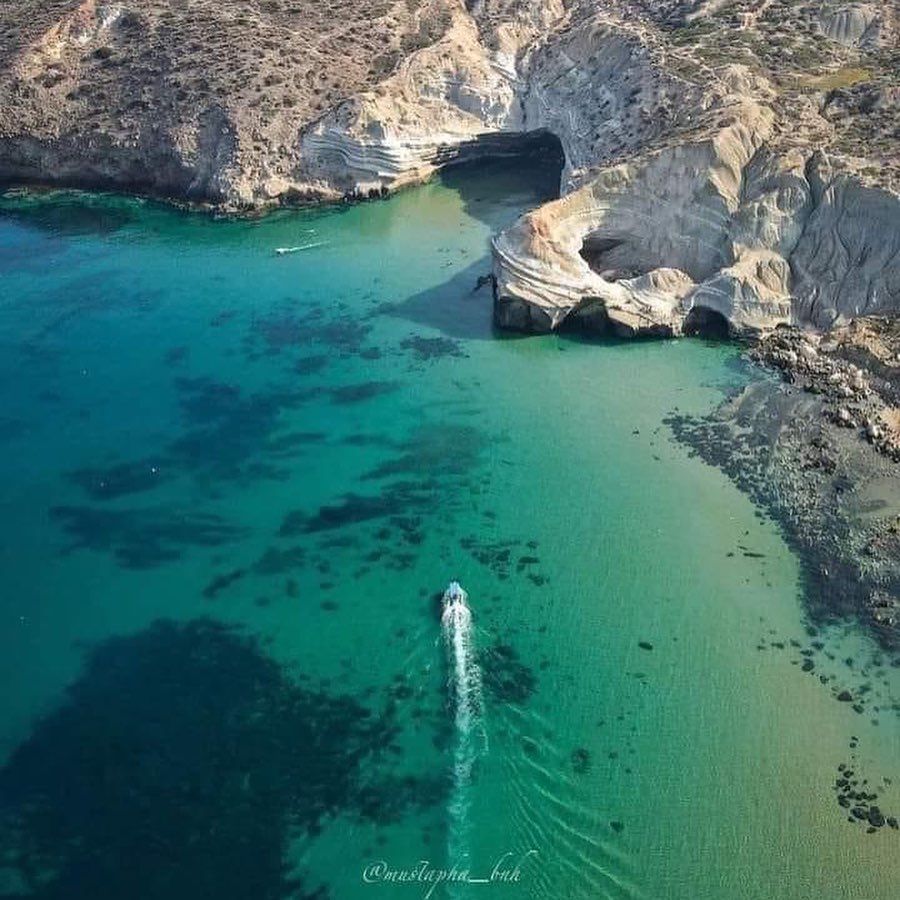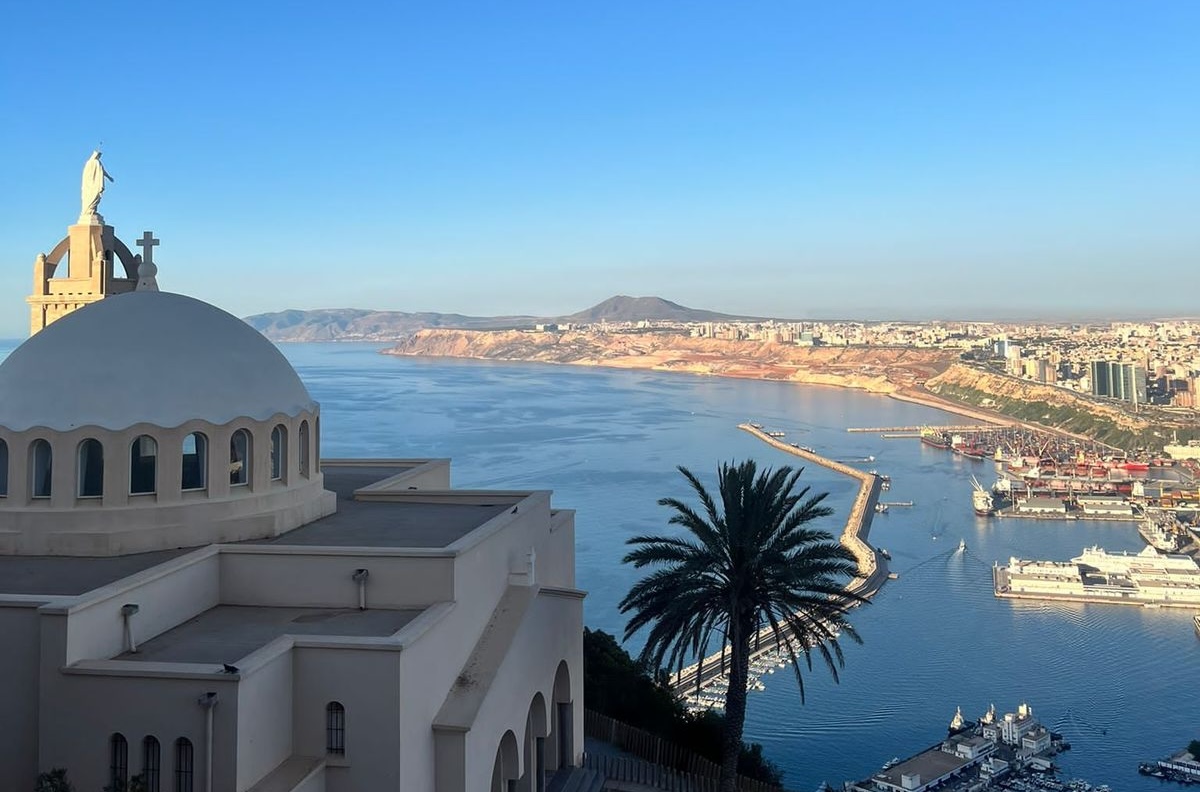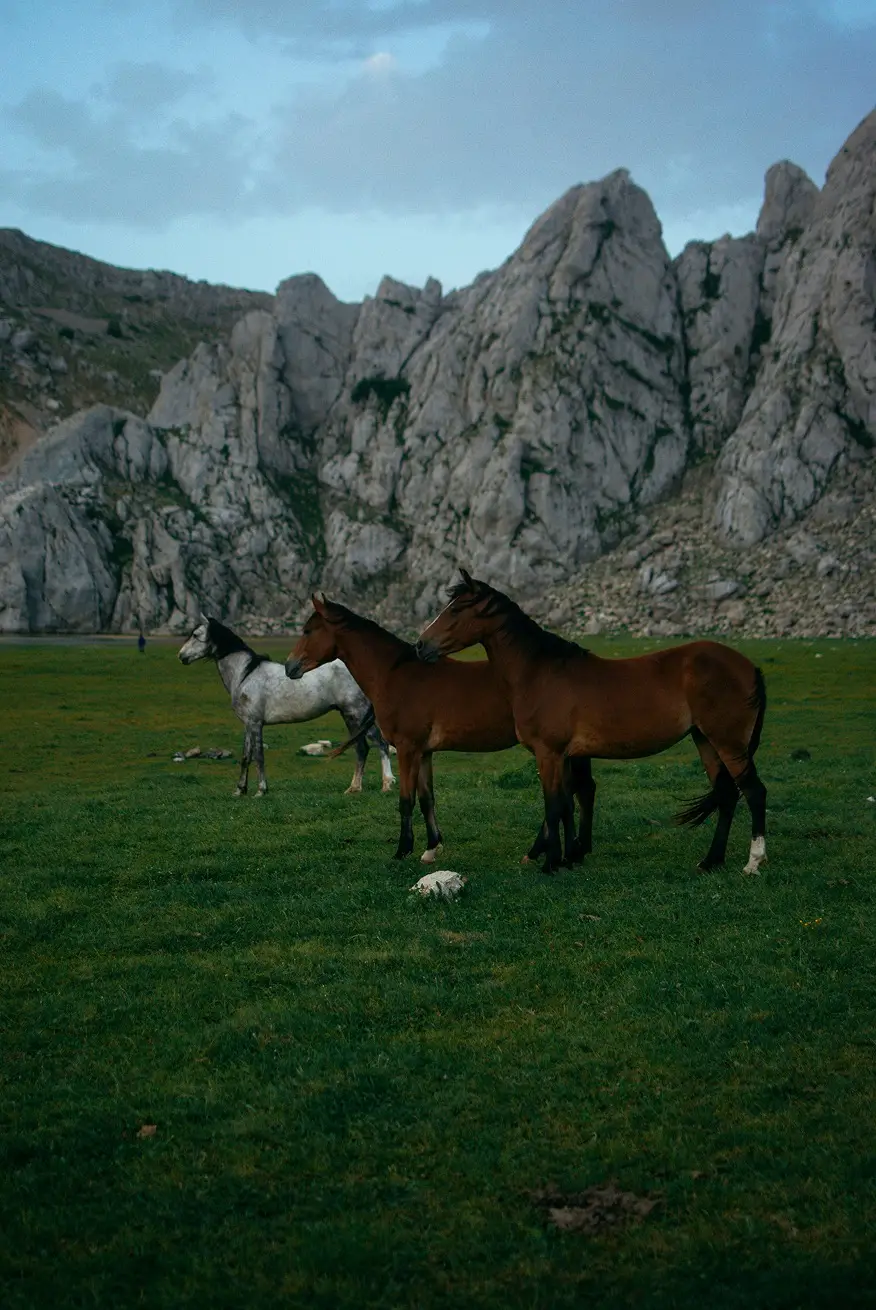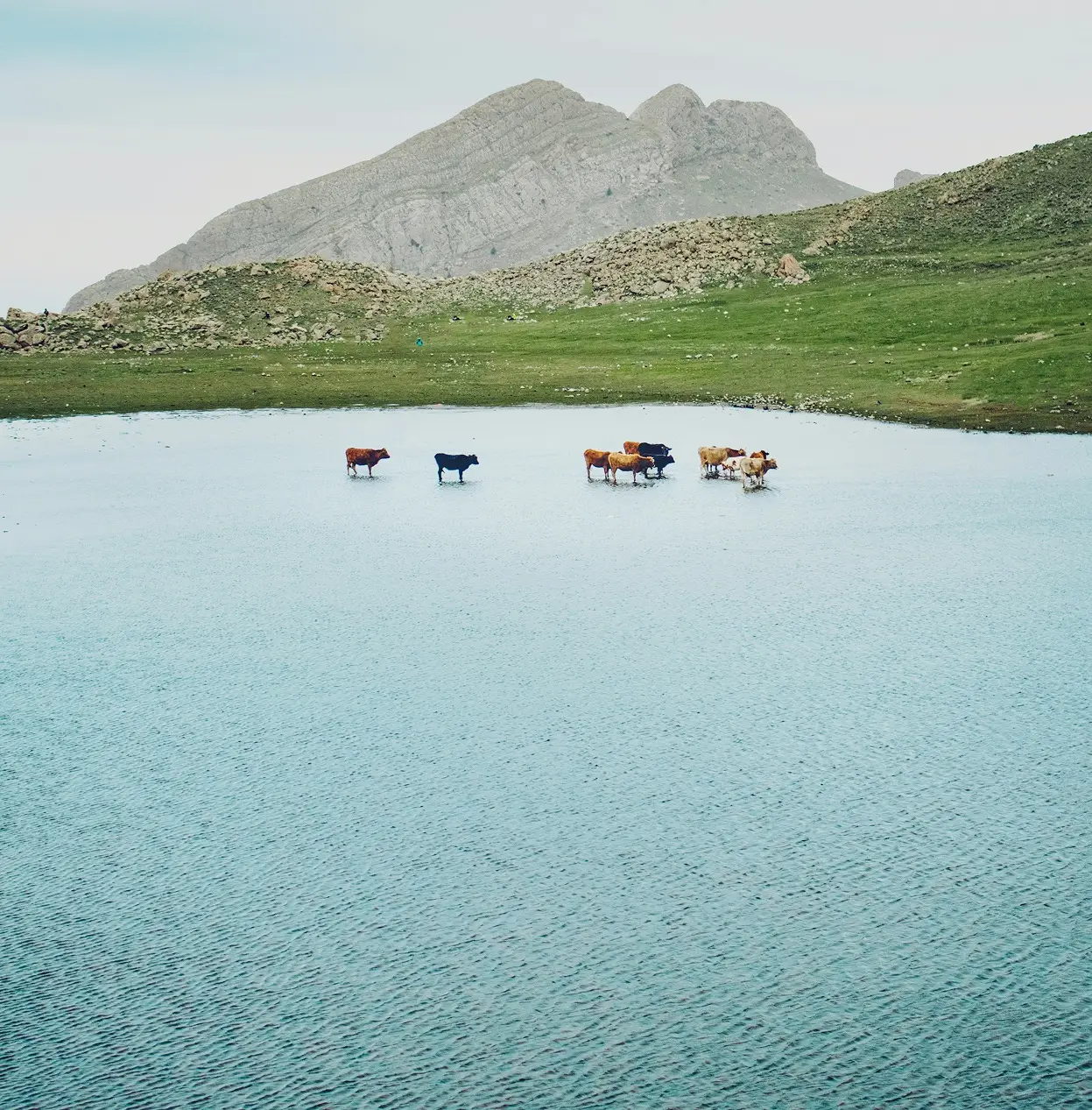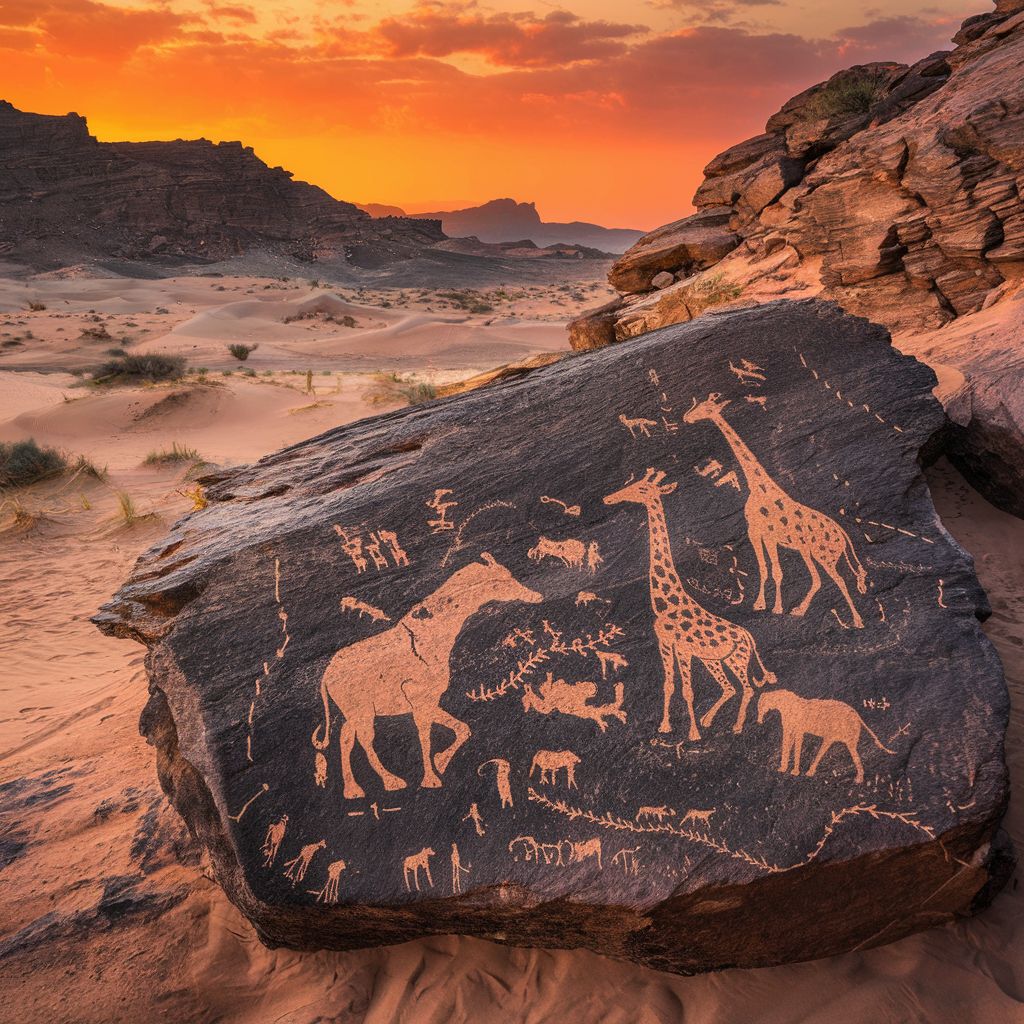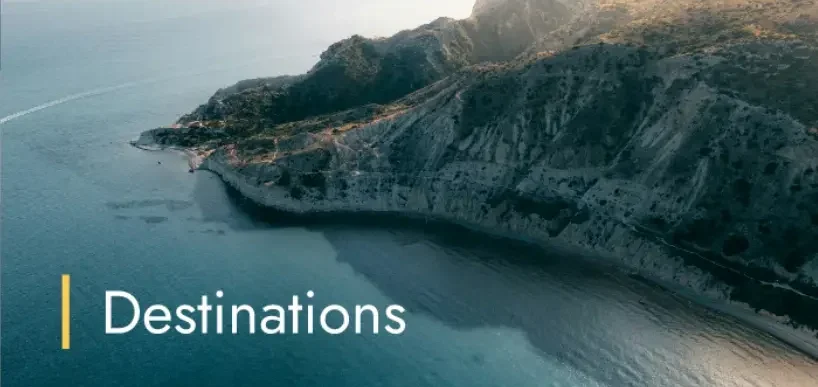Since ancient times, the Algerian coast has seen the birth of the Phoenician ports of El Kala and Tipasa, the Roman counters of Cherchell and Béjaïa, then the Ottoman naval strongholds of Algiers and Oran. In the 16th century, these cities became powerful Mediterranean strongholds, feared for their fleets. French colonization then modernized ports and introduced yachting.
Today, between lively fisheries, coastal tourism and the desire to protect unique ecosystems, the Algerian Sea is no longer just a legacy: it is once again becoming an art of living.
| Regions | Littoral Nord – Est (El Kala, Annaba, Jijel) – Centre (Tipaza, Alger, Boumerdès) – Ouest (Oran, Mostaganem, Tlemcen) |
|---|---|
| Access | International airports : Alger, Oran, Annaba, Béjaïa Marinas: Sidi Fredj, Tenès, Oran, El Kala Main coastal routes: RN11, RN24, RN43 |
| Time difference | GMT+1 all year round |
| Currency | Algerian dinar (DZD) – cash recommended for local activities |
| Formalities | Valid passport, Visa required according to nationality |
Useful applications

In Jijel, the waves roll on the clear sand while a fisherman from Oran enters his nets at sunrise.
In the old port of Annaba, the cries of seagulls are mixed with the laughter of children diving from the doch.
Further south, in Tipaza, the Roman ruins face the sea in a deep blue.
In the evening, when the horizon is tinged with gold and copper, Algeria on the blue side is not only lived: it is imprinted in memory, like a promise that lasts long after the wave withdraws.
